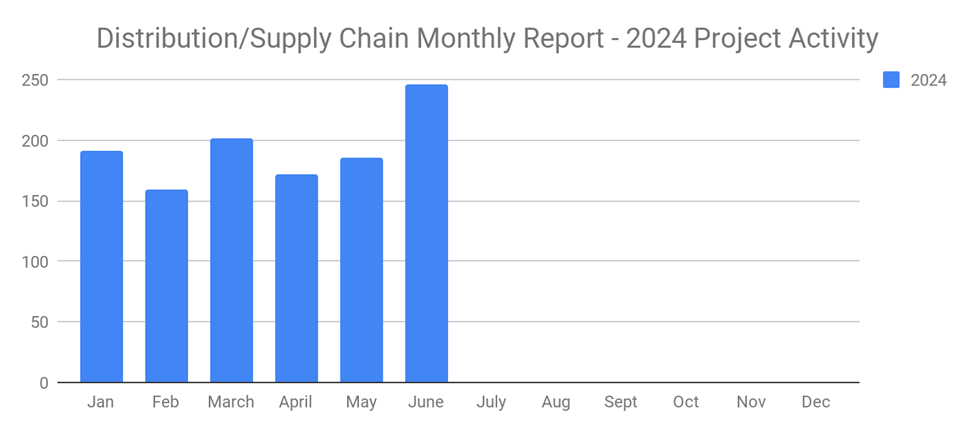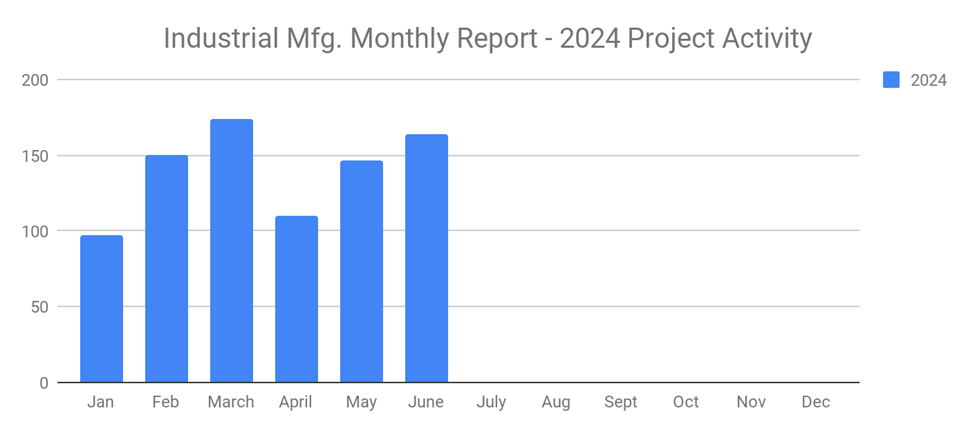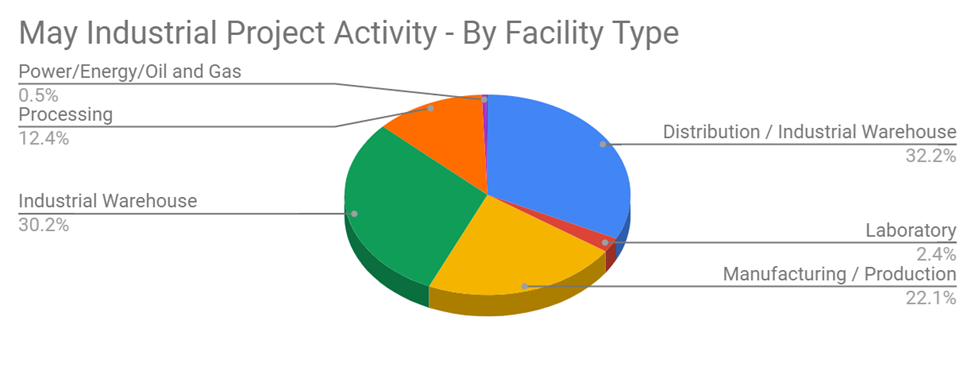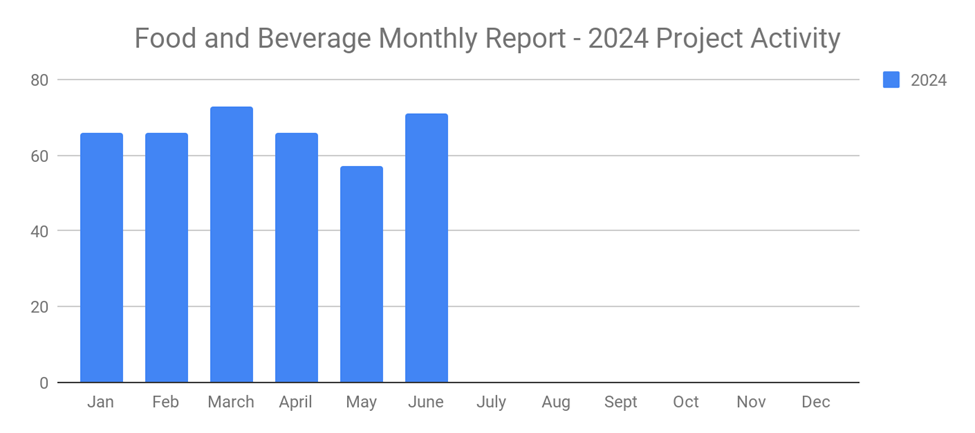-
Posted On Wednesday, March 08, 2023 by Vince Antoine

To close more deals, look no further than buyer enablement. Statistics show that the average opportunity-to-close rate in the B2B industry is about 6%. For every 100 leads that you generate, for instance, you may convert just six of them into buyers. Buyer enablement, however, can help you close more deals. It's become an increasingly popular tactic among sales reps, as it empowers buyers while driving more sales in the process.
What Is Buyer Enablement?
Not to be confused with sales enablement, buyer enablement is the process of nurturing buyers throughout the sales process while ensuring that they have all of the necessary tools and information. It's all about "enabling" buyers to make a purchase.
The ease at which a buyer can make a purchase will affect your ability to close the deal. With buyer enablement, you want to make the buyer's purchasing journey as smooth as possible. By supporting the buyer throughout his or her journey, you'll have a better shot at closing the deal. The buyer will have all of the necessary tools and information, in which case he or she may agree to a purchase. Neglecting to support the buyer throughout his or her journey, on the other hand, may result in a lost opportunity. The buyer may object and, instead, choose a competitor's product or service to purchase.
Key points of buyer enablement include the following:
- Providing buyers with tools and information throughout their purchasing journey
- Answering buyers' questions and addressing their concerns
- Using multiple channels to interact with buyers (omnichannel marketing)
- Collecting and analyzing data on buyers' activities
- Ensuring that buyers have a positive experience
- Tackling buyers' pain points by recommending a solution
- Creating buyer personas and using them to personalize communications with buyers
- Taking measures to shorten the sales cycle so that buyers can make purchases more quickly
Buyer Enablement vs Sales Enablement: What's the Difference?
While similar concepts, buyer enablement isn't the same as sales enablement. Sales enablement is the process of supporting and enabling sales reps. It involves the use of gamification, performance rewards, motivation, recognition and other tactics, all of which are designed to help sales reps succeed.
Buyer enablement is the process of supporting and enabling buyers during their purchasing journey. It's essentially the opposite of sales enablement. While sales enablement focuses on sales reps, buyer enablement focuses on buyers.
You don't have to choose between buyer enablement and sales enablement. If you own or operate a B2B company, you can use both of these strategies. Buyer enablement and sales enablement are synergistic. When used together, they deliver greater results.
Why Buyer Enablement Is Important
Buyer enablement is important for several reasons. A study conducted by Gartner found that 77% of buyers in the B2B industry say their most recent purchase was "very complex or difficult." In the B2C industry, purchasing journeys are typically short and simple. A consumer may discover a product while shopping online or in person, after which the consumer may purchase it. Little or no research or planning goes into most B2C purchases, resulting in simple purchasing journeys. B2B purchases, in comparison, are longer and more complex. They often involve over a half-dozen steps, and many B2B purchases can take months to complete.
Leveraging buyer enablement in your B2B company's operations may result in a higher buyer retention rate. Buyer retention rate is a measurement of loyalty. It represents the percentage of existing buyers who are still with your B2B company at the end of a period. If you had 1,000 buyers at the beginning of the previous quarter and ended this quarter with 750 buyers, your buyer retention rate would be 75%.
You can use buyer enablement to prevent your B2B company's sales pipeline from becoming congested. Pipeline congestion involves a lot of buyers, or prospects, being stuck in a particular stage of the sales process. All B2B companies have a sales pipeline. It's a visual representation of their sales process. Sales pipelines reveal the stages of a B2B company's sales process. If your B2B company regularly experiences a congested sales pipeline, you should consider using buyer enablement to clear it up. Enabling and empowering buyers throughout their purchasing journey will keep them moving through your B2B company's sales pipeline.
Getting Started With Buyer Enablement
How do you get started with buyer enablement exactly? Since this strategy revolves around nurturing buyers, you should use an omnichannel approach. Channels are the platforms that your B2B company uses to communicate with buyers. Rather than using any single channel, you should use multiple channels. More importantly, you should integrate these channels so that they provide a seamless and fluid experience for buyers.
Providing buyers with valuable content is an essential part of buyer enablement. Some sales reps only provide buyers with sales material, such as ads and other commercial messages. There's nothing wrong with pitching products or services to buyers, but you shouldn't ignore the importance of noncommercial content. Noncommercial content, such as product guides and case studies, can help buyers make the right purchasing decision.
Don't forget to build buyer personas. Most B2B companies have one or more specific audiences to whom they sell their products or services. Buyer personas represent these specific audiences. Since buyer enablement revolves around helping and nurturing buyers, you'll need to use buyer personas. You can use them to create custom, personalized messages that resonate with your B2B company's audience or audiences.
You should regularly monitor your B2B company's sales pipeline. As previously mentioned, sales pipelines can become congested. Buyers may get stuck in a particular stage of the sales process, resulting in pipeline congestion. Identifying congested parts of your B2B company's sales pipeline will allow you to focus on clearing them. If a lot of buyers are stuck in the consideration stage, for example, you can reach out to them to see what's holding them from making a purchase. Doing so will clear up the congestion while giving buyers the tools and information they need to make a purchase.
What to learn more? Get in Touch
Latest Posts
-

New Distribution and Supply Chain Industrial Projects Surge to 246 in June 2024
-

New Industrial Manufacturing Projects Third Month in a Row of Growth with 164 New Projects for June 2024
-

Planned Industrial Construction Projects Continue Strong in June 2024 with 496 New Projects
-

New Food and Beverage Planned Projects with Stellar Growth in June 2024 with 71 New Projects
